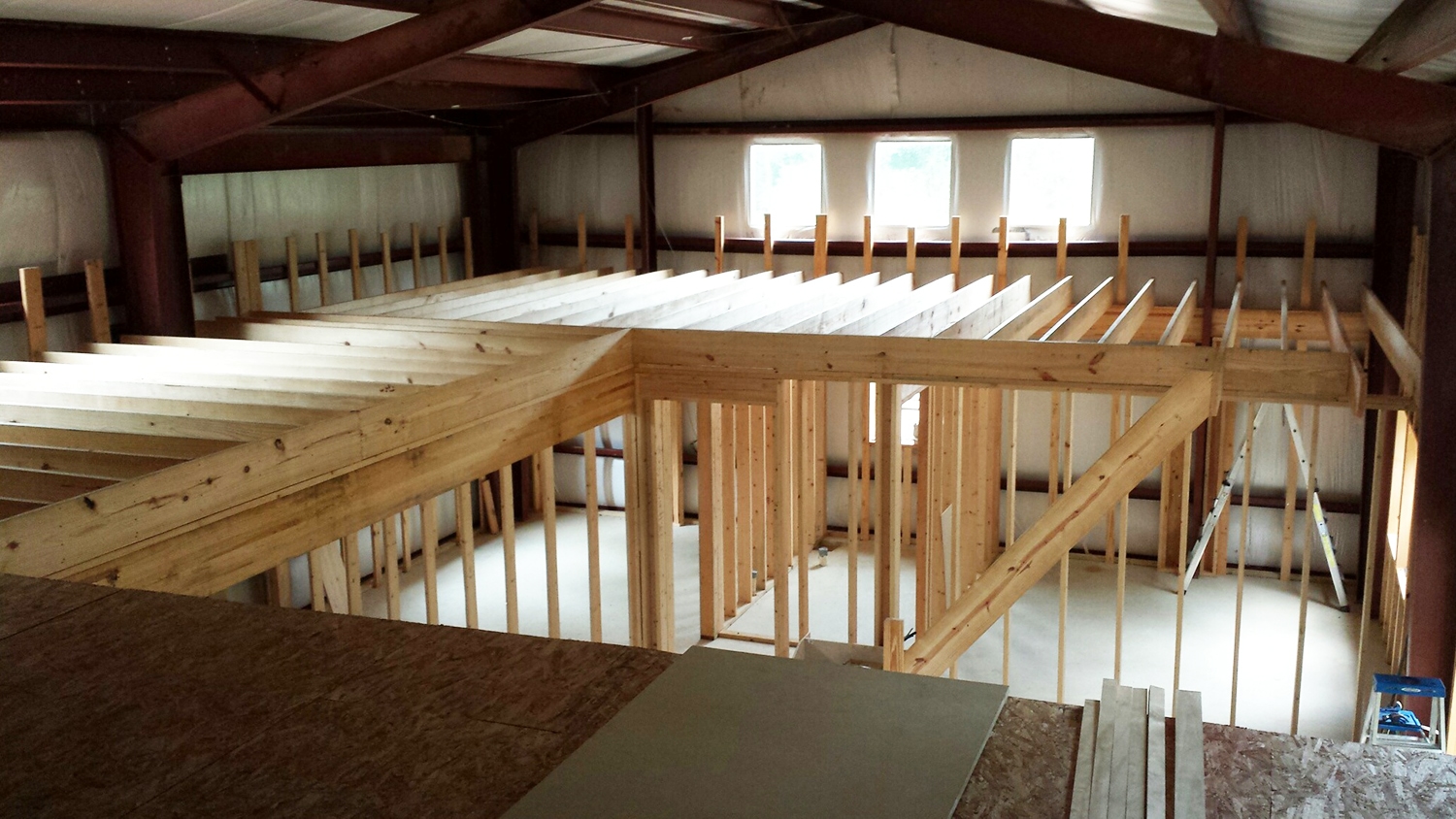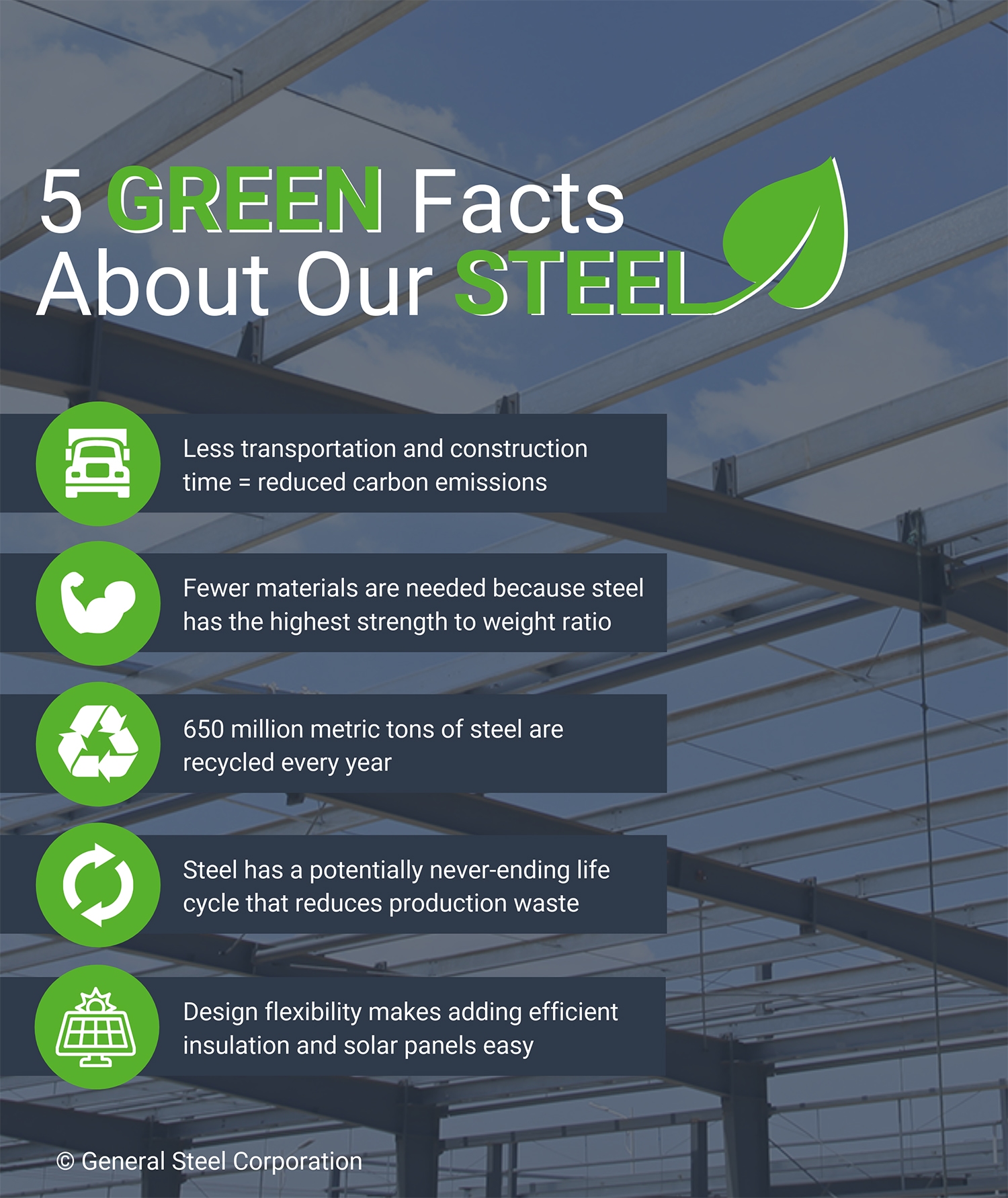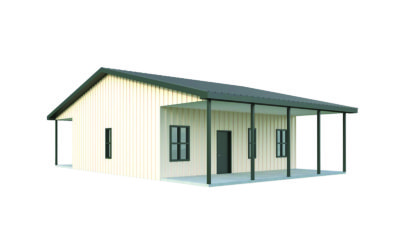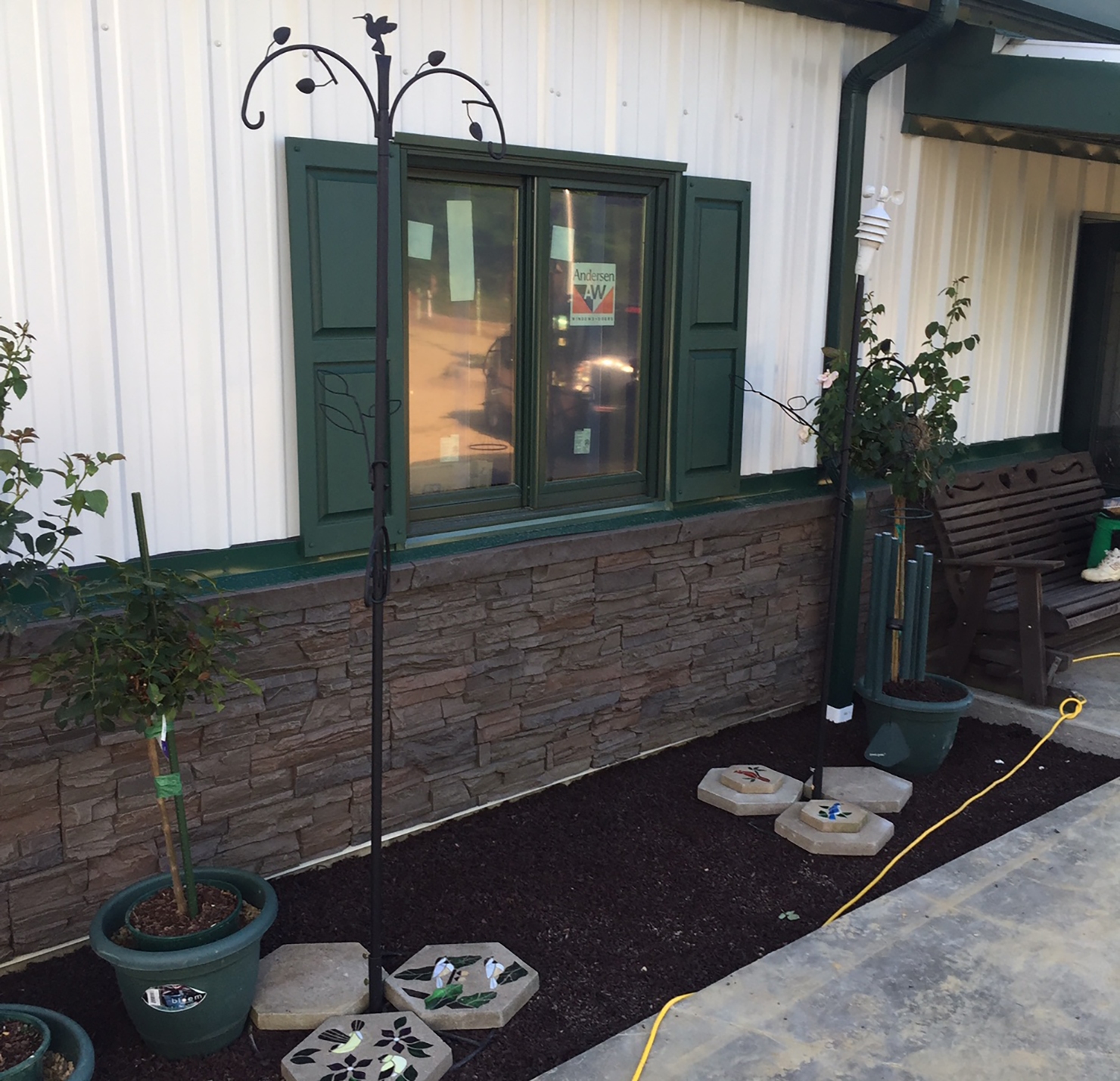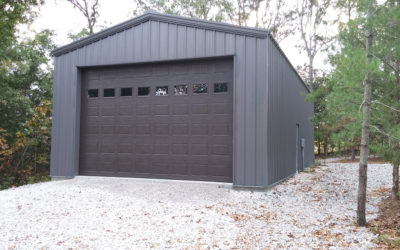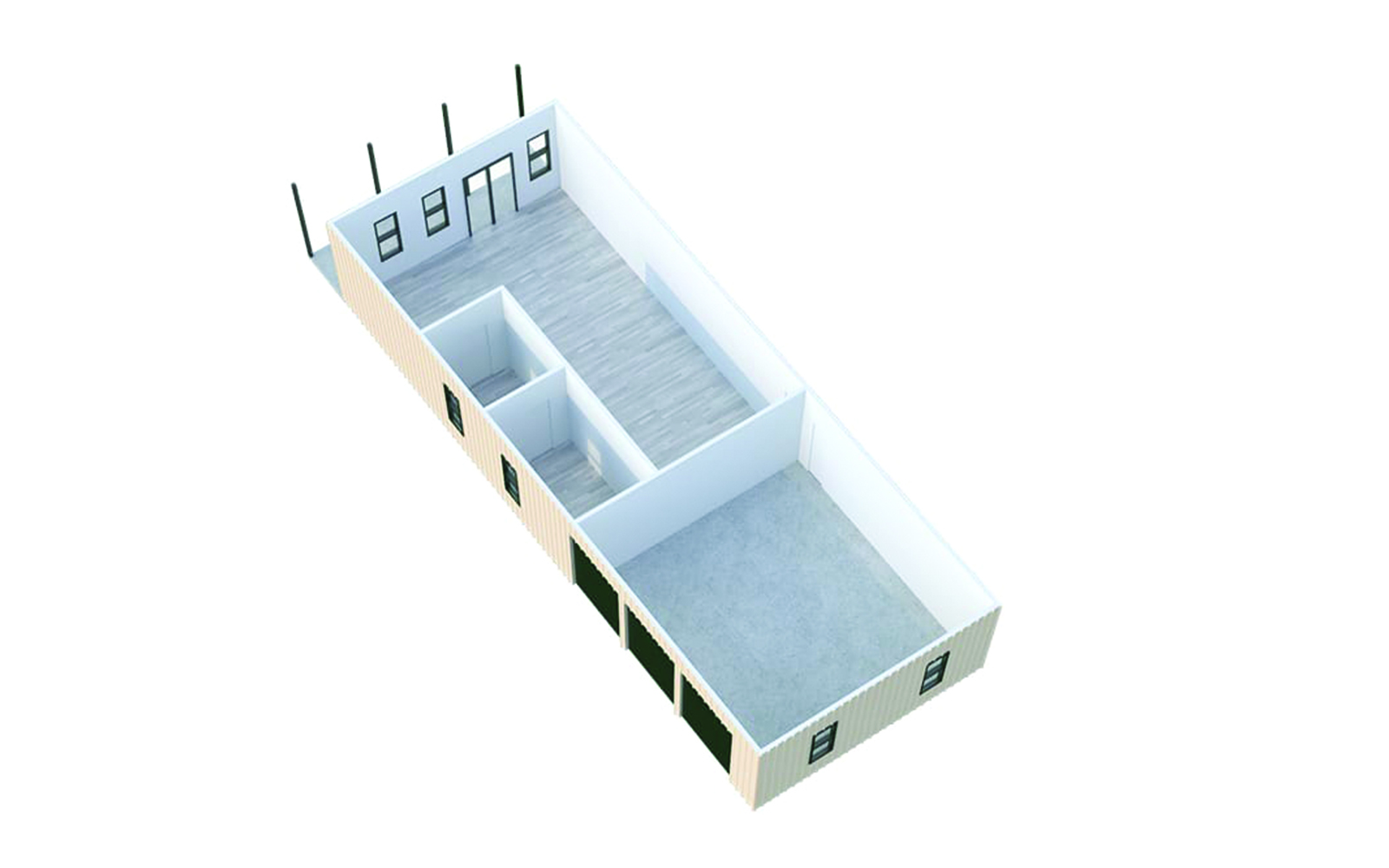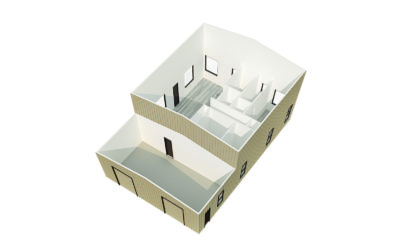Stronger Than Wood
Steel buildings are more durable than wood, and more resistant to water damage. Steel will not warp or expand like wood does, and it does not rot, so it will be less likely to attract fungus. Termites and other insects who eat wood will also steer clear of a steel home. Steel frames can withstand hurricane force winds, and be designed for seismic activity. Metal is not flammable, which means the house will not give a fire more fuel, like a wooden home would do. Steel house frames are also 25 percent lighter than wooden house frames.
[easy-tweet tweet=”The interior of a metal home can be framed out with wood allowing you to invest in steel where it is most beneficial – the outer shell” template=”light”]
